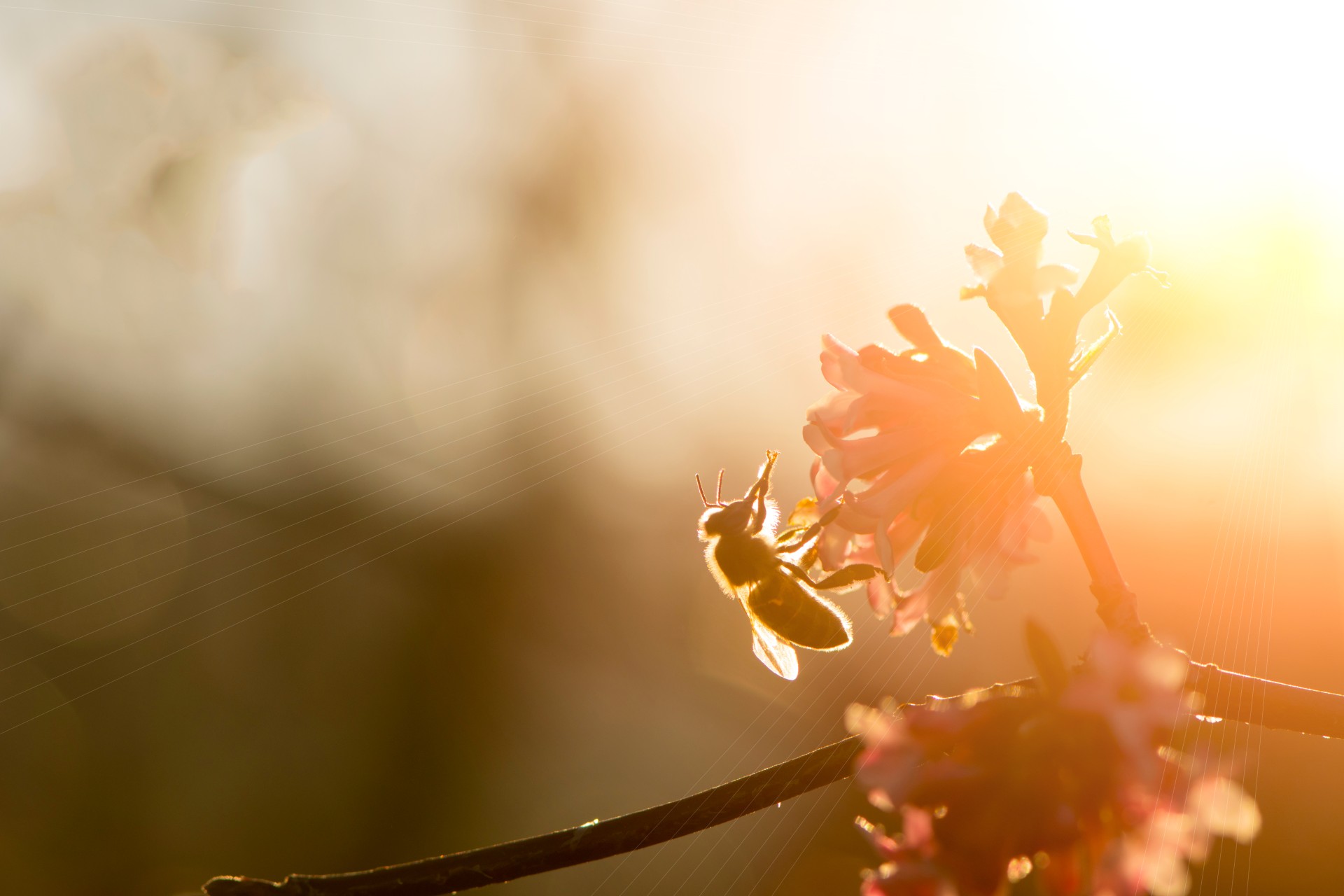The reaction to seeing a bee or wasp may differ. There are some individuals who may be concerned when facing either, which is most often associated with the dread of a painful sting. It is not uncommon for bees and wasps to be mistaken for one another; however, bees and wasps, although both pollinators, are pretty different. Although beekeepers may be the most knowledgeable about local species, there is always something new to learn about bees and wasps.
When visualizing a bumble bee, thoughts of fuzzy and buzzy little fluffballs often come to mind. Some may even say that bees are considered friends and wasps are foes. It is always important to note that there are thousands and thousands of species of bees and wasps, so there is no "one size fits all." Learning more about both bees and wasps allows people to embrace nature’s pollinators because, although mostly friends, some species are more foe-like than others.
The Most Disliked Foe Insects
In 2021, polls showed wasps are the second most disliked insect, second only to spiders. Bees didn’t even make the list. Although bees are considered more friendly than wasps, both are essential pollinators and play critically important roles in our ecosystem. Bees and wasps have many similarities, with a significant factor being their social or solitary classification.
Social Societies
Bees classified as social have substantially more information known about them because they are above ground and easier to observe. Solitary bees nest in the ground and may live in a group of individual nests, but they do not follow the same hierarchical order of social bee colonies. Social bees have a queen, worker bees, and drones. Social wasps also have a queen, but she hibernates in winter and is the only wasp whose life cycle is longer than a year, and that is due to the reserves she accumulates during the winter months. Social bee queens depend on their worker bees to feed, protect, and keep them warm throughout winter.
Fun Fact: Male bees do not sting, and neither do male wasps. Only females in these species can sting.
The Solitary Life
There are species of both bees and wasps that are classified as solitary. Some nesting occurs in aggregations, which are individual nests but close to other nests. Solitary bees and wasps dig burrows in the ground or squat in another’s nest when it is empty. Other nesting preferences are hollow holes in wood or plant stems and abandoned snail shells. Although bees and wasps are pollinators, bees are often more accepted as crucial to our pollination. All differences aside, bees and wasps are part of pollination.
Fun Fact: Wasps also travel from plant to plant, seeking nectar and pollen to carry with them like bees, but because wasps have less hair, they carry less pollen.
Notable Differences Between Bees and Wasps
Although bees and wasps have some things in common, they also have differences that may explain why one is more favored.
- Herbivore v Omnivore—One of the most interesting facts about bees is that they are, for the most part, vegetarians. They feed on nectar and pollen collected from flowers and plants and take it from other bees (wait, these bees are starting to sound a bit like thieves!). Wasps, on the other hand, are omnivores. Although wasps also collect pollen, nectar, and sugars from rotting fruit, they also prey on other insects and spiders.
* Some honeybee species have been observed eating other honeybees that had to be removed from the hive during critical brooding times and feeding on dead carcasses.
- Stingers—Female bees and wasps are the only ones that can sting, but bees can only sting once, whereas wasps can sting multiple times. Bees’ stingers are typically barbed, leaving them in the victim and ripping out the bee's insides, hence why they die after a sting. Wasp stingers are smooth, so when they sting and leave, the stinger goes with them, so they can repeatedly sting.
- Honey makers – it is well known that some bee species produce ample amounts of ooey, gooey, delicious honey. Wasps also make honey, but only enough for their consumption. Wasp honey is not harvestable, and you won’t find it on the grocery shelves.
- Perception—how bees and wasps are perceived is arguably the most notable difference between them. How humans perceive their usefulness and characteristics has a great influence on how they are encountered in the wild and treated. Some scientists believe that bees evolved from wasps and have adapted over time.

Get help with your beehive or bee swarm removal! Call Today 760-224-3040 Or 951-265-8292!
Pollinators Deserve Fair Treatment
It is important to remember that bees and wasps, whether friends or foes, are essential pollinators and should be considered relevant to our ecosystem. Bees and wasps both offer individuality and are worth marveling over. So, the next time you encounter bees or wasps, don't be afraid to pause and consider their role in the environment. If you have concerns or questions about beehives or wasps’ nests in your area, contact D-Tek for a prompt inspection. D-Tek uses humane equipment to remove and relocate bees.
